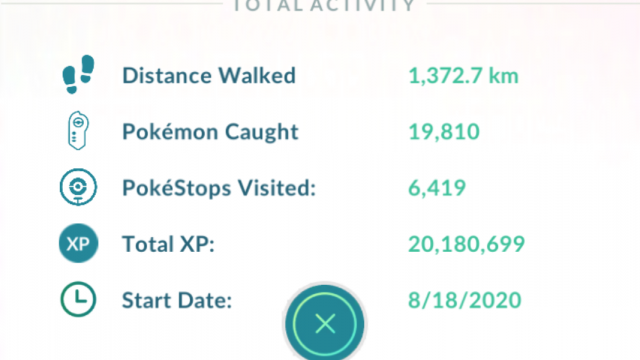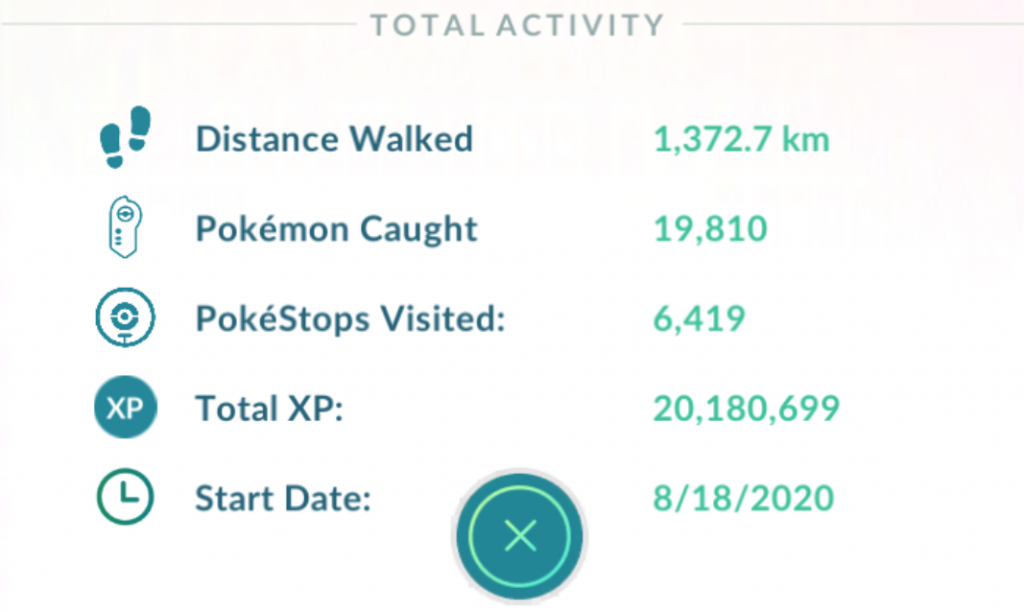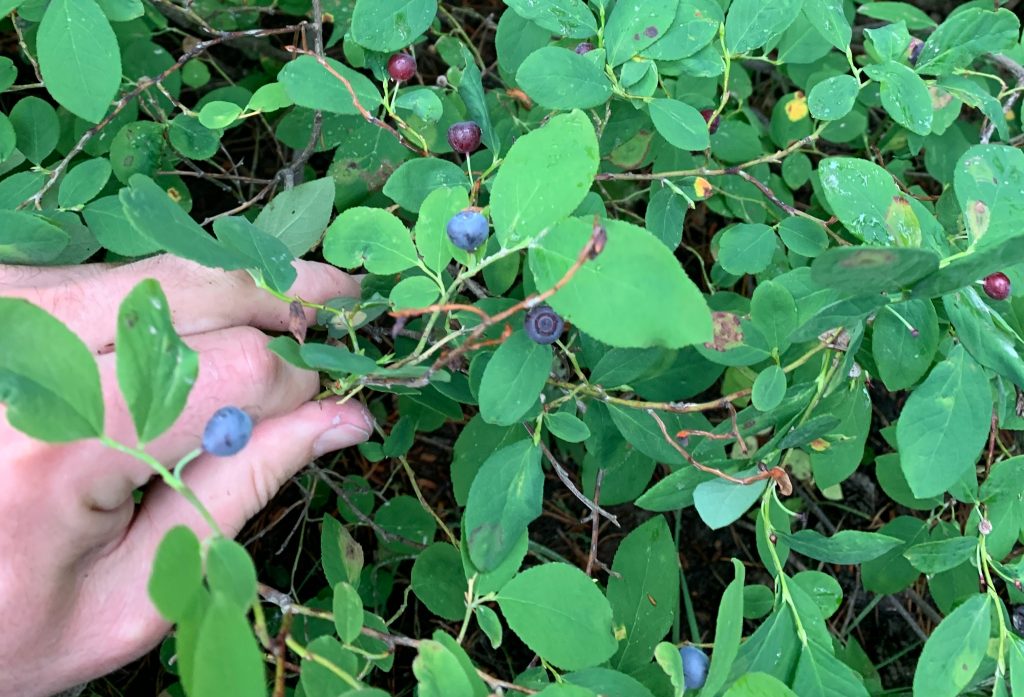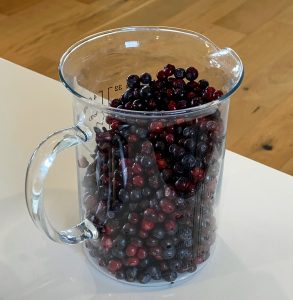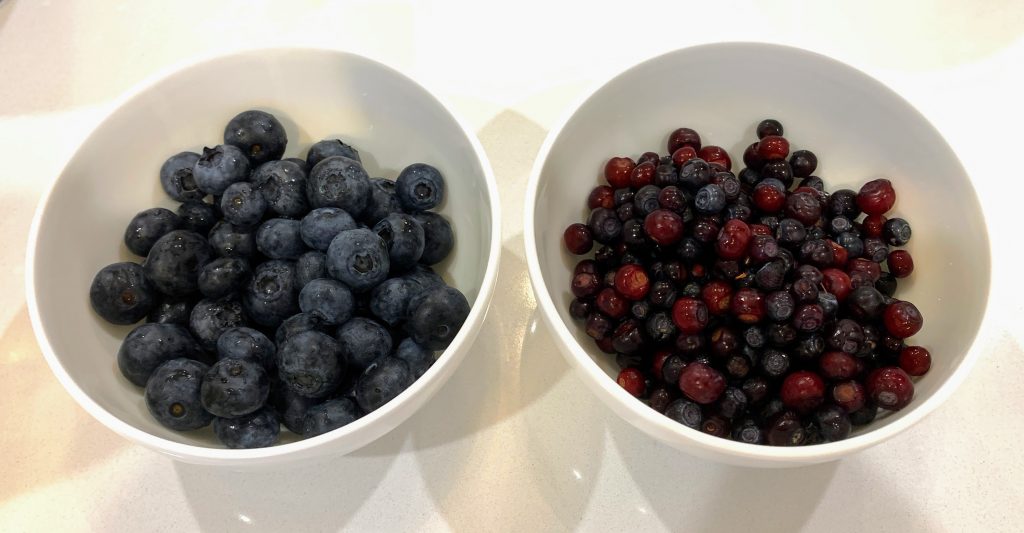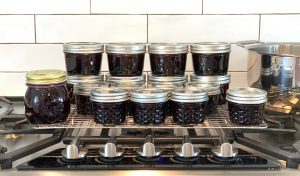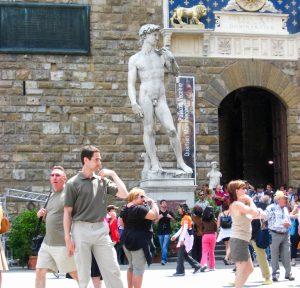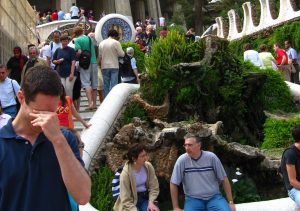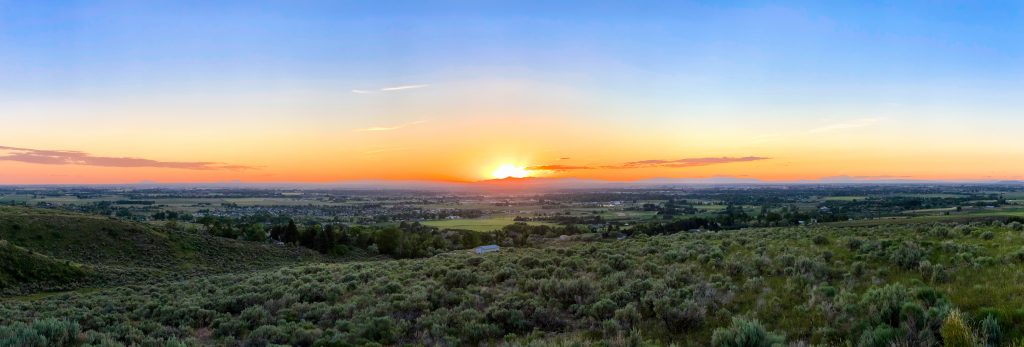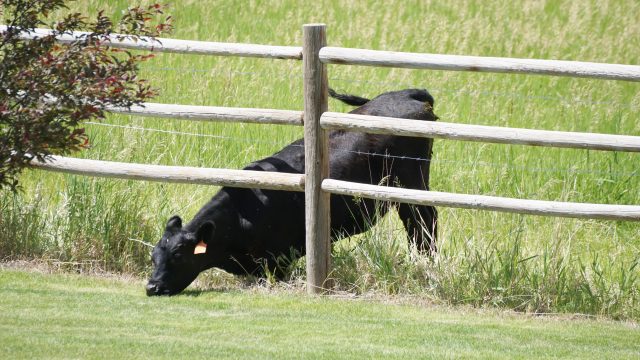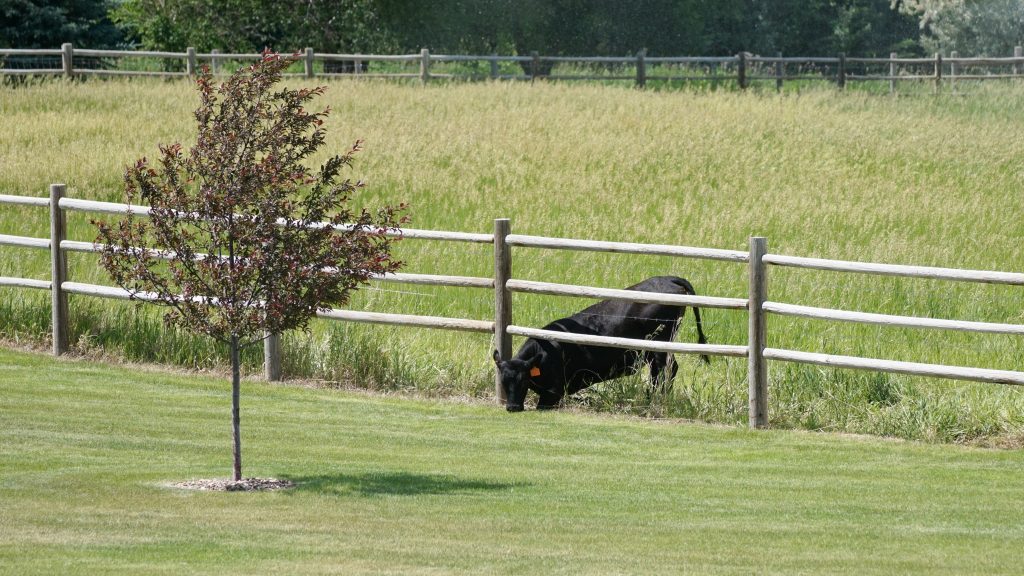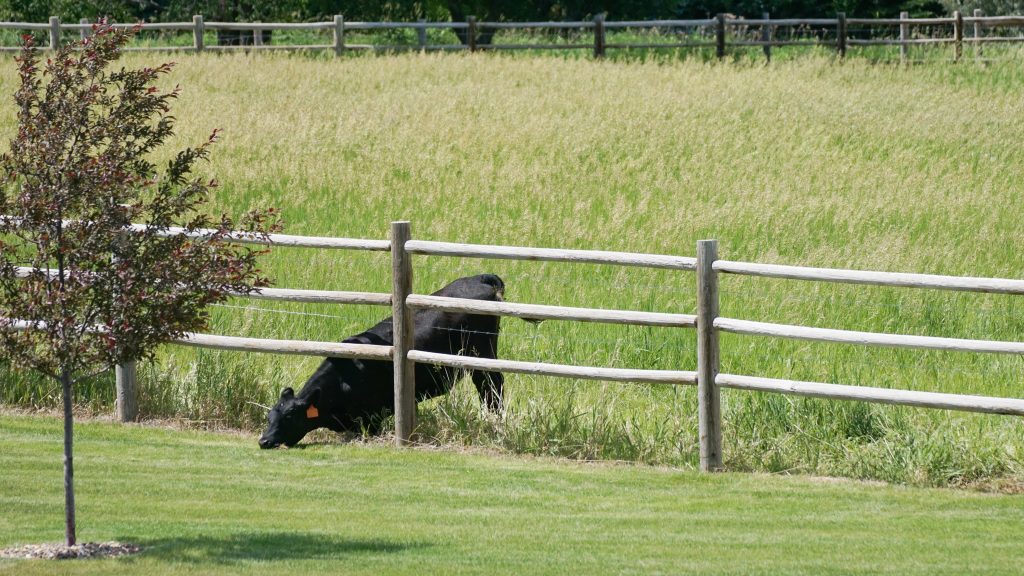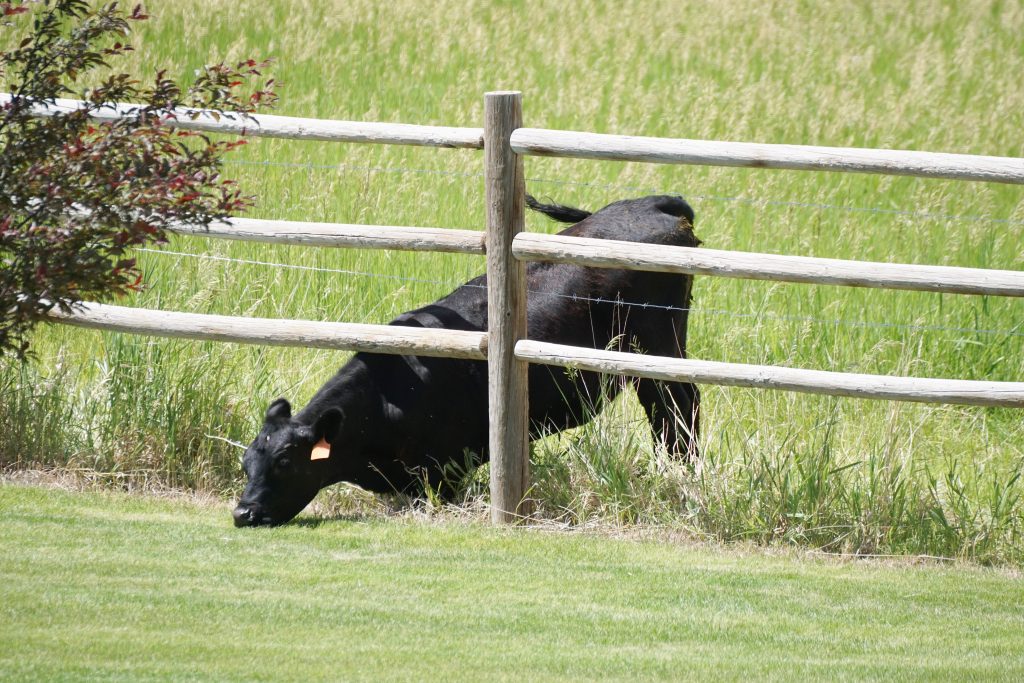In an earlier post I described beginning to learn to play violin. The difficulty of that process was compounded by my disposition as young boy: Give a boy a stick and his instinct is to grab it and wield it like a sword to whack things into submission. But the fragile wooden bow must be held gingerly. The violin is a singing instrument, and the bow is its breath. The foundation of playing a violin is delicacy and finesse. Everything about an energetic boy is bold and tense. I was given what felt like a weapon and told to, “Relax!” (Even now this is a Sisyphean struggle.)
All I wanted to do was to play loud and fast. At age 12 we went shopping for the full-size instrument I play to this day. I picked a violin with a relatively “bright” and unsophisticated timbre. Then I spent an afternoon in a luthier’s shop looking for a bow, which is the component that determines a player’s range of technical expression. For reference I played some bows priced in the $50,000 range and I could not imagine why professionals would want to use such flimsy sticks. I chose a bow that was so exceptionally rigid that, the luthier joked, it must have been made of titanium. (It’s actually Pernambuco wood, like most fine bows.)
Strength and size offer no advantage on the violin. Search for “violin prodigy” and you will find an endless parade of pre-teen Korean girls who can perform the most difficult violin pieces with robotic precision. Skilled musicians do not wrestle with their instruments no matter how loud or fast the music. Contrast that with this video of me muscling through a “warm-up” exercise at age 17:
